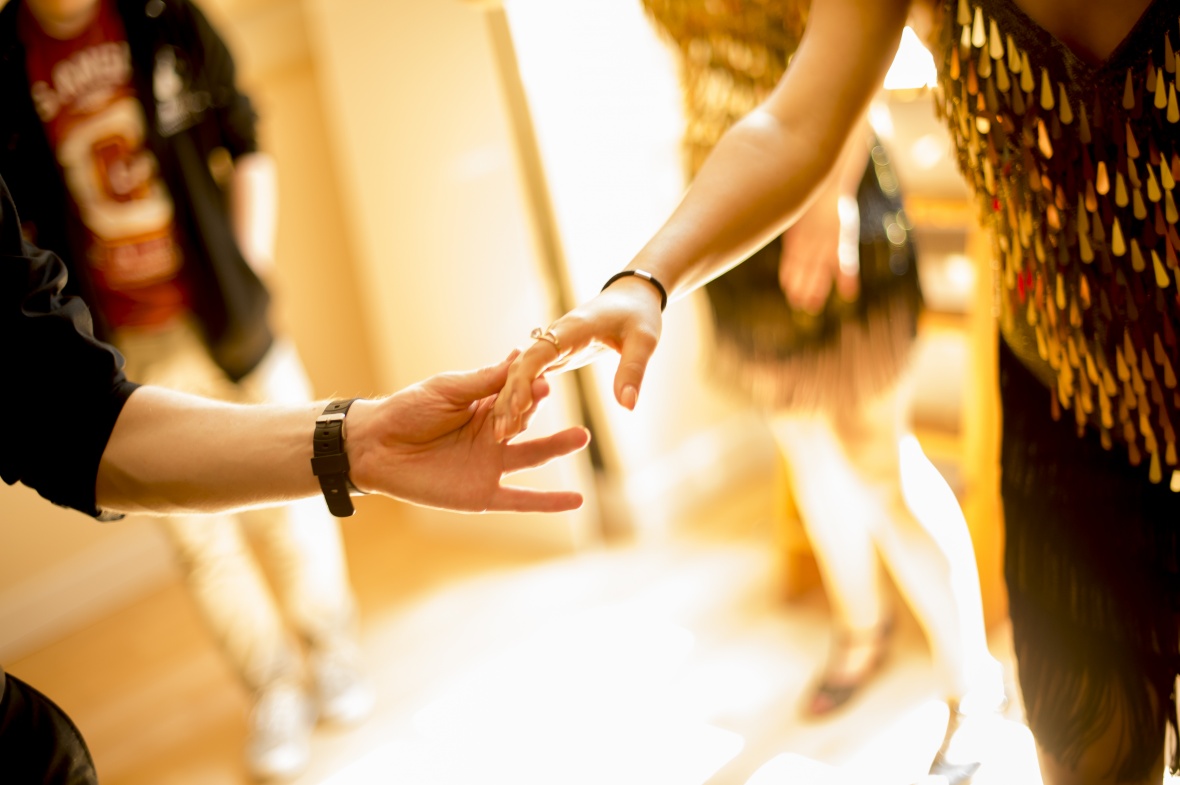
February 28, 2023, by mbzva
Dancing to defy Parkinson’s Disease
By Argyro Philippidou, 3rd Year Neuroscience BSc
As a professional dancer and a soon to be neuroscientist, it would be inevitable that my passion for dance and movement collide with my drive for how the brain works. Moving to a beat, jiving, locking, and grooving on the dancefloor helps heal a person both physically and mentally. Most dancers may agree that dancing for them is a soothing escape, a pause that transports you in a room full of blank canvases where you are the artists, and the paint is your emotion let out as dance moves.
Study conducted by the Albert Einstein college of medicine in 2003 suggests that dance is very beneficial for the brain and how it develops but also in how it supports our entire body during disease (Verghese et al., 2003). More specifically it has been found to be very helpful for treating or preventing neurodegenerative disorders such as Parkinson’s disease (PD) (Hackney et al., 2007) as well as dementia (Verghese et al., 2003). In fact, out of all activities tested in 2003 study, to see how each impacts our brain’s health state, such as cycling, swimming, golf, tennis, only dancing has shown a possible clinical prevention in developing neurodegenerative diseases. More specifically, Tango as seen in Hackney’s study in 2007, has been a pivotal step in managing motor symptom deficits in PD. The synchronised coordination of movements tuned to music offers our brains what might be seen as a ‘healthy glow’.
Parkinson’s Disease is a neurodegenerative disorder which negatively affects motor and emotional stability as well as the quality of life of patients (Sharp and Hewitt, 2014). Research from Westheimer, 2008, reported that PD patients who attended dance classes regularly, have seen a great impact and positive inclination in their quality of life after completing a quality-of-life assessment questionnaire (Westheimer, 2008). Moreover, other study has also shown that dance classes also improved motor function in PD patients (Suchowersky et al., 2006).
How dance affects the brain in this positive manner may be explained by the “Synchronicity hypothesis of dance” (Basso, Satyal and Rugh, 2021):
“Dance enhances neural synchrony in brain regions supporting seven neurobehavioral areas: sensory, motor, cognitive, social, emotional, rhythmic, and creative.” (Basso et al., 2021)
In summary, dance helps PD patients both emotionally and physically. Unfortunately, there is not enough research in this field for dance to be used as a therapeutic agent or even for slowing down the onset symptoms of PD. For scientists and researchers to reach such conclusion, such studies must be ongoing for years, from childhood and adolescence until the age of the onset of the disease. Future studies would also have to consider gene expression and how it might change over time and through dancing. For now, dance is only seen as a rehabilitation technique which allows PD patients a sense of relief from their physical and psychological pain, which, for a neurodegenerative disease with no direct cure is what these patients seek the most.
Bibliography:
- Basso, J.C., Satyal, M.K. and Rugh, R. (2021). Dance on the Brain: Enhancing Intra- and Inter-Brain Synchrony. Frontiers in Human Neuroscience, [online] 14. doi:https://doi.org/10.3389/fnhum.2020.584312.
- Burzynska A. Z., Finc K., Taylor B. K., Knecht A. M., Kramer A. F. (2017). The dancing brain: structural and functional signatures of expert dance training. Hum. Neurosci.11:566. 10.3389/fnhum.2017.00566
- Hackney, M.E., Kantorovich, S., Levin, R. and Earhart, G.M. (2007). Effects of Tango on Functional Mobility in Parkinson’s Disease: A Preliminary Study. Journal of Neurologic Physical Therapy, [online] 31(4), pp.173–179. doi:https://doi.org/10.1097/npt.0b013e31815ce78b.
- Sharp, K. and Hewitt, J. (2014). Dance as an intervention for people with Parkinson’s disease: A systematic review and meta-analysis. Neuroscience & Biobehavioral Reviews, [online] 47, pp.445–456. doi:https://doi.org/10.1016/j.neubiorev.2014.09.009.
- Suchowersky, O., Gronseth, G., Perlmutter, J., Reich, S., Zesiewicz, T. and Weiner, W.J. (2006). Practice Parameter: Neuroprotective strategies and alternative therapies for Parkinson disease (an evidence-based review): [RETIRED]. Neurology, [online] 66(7), pp.976–982. doi:https://doi.org/10.1212/01.wnl.0000206363.57955.1b.
- Verghese, J., Lipton, R.B., Katz, M.J., Hall, C.B., Derby, C.A., Kuslansky, G., Ambrose, A.F., Sliwinski, M. and Buschke, H. (2003). Leisure Activities and the Risk of Dementia in the Elderly. New England Journal of Medicine, [online] 348(25), pp.2508–2516. doi:https://doi.org/10.1056/nejmoa022252.
- Westheimer, O. (2008). Why Dance for Parkinson’s Disease. Topics in Geriatric Rehabilitation, [online] 24(2), pp.127–140. doi:https://doi.org/10.1097/01.tgr.0000318900.95313.af.
No comments yet, fill out a comment to be the first

Leave a Reply